India has surpassed China to become the world's most populous country. Many experts believe that the country of more than 1.4 billion people will continue to lead in terms of potential tourists.
Southeast Asia is the top region of interest for Indian tourists. Photo: SCMP
Omri Morgenshtern, CEO of online hotel booking company Agoda, said that no other country's tourism industry is growing as fast as India. Not only in terms of the number of visitors, the country is continuing to pour billions of dollars into developing the aviation industry and strengthening its tourism position. According to a report by business consulting firm Nangia Andersen LLP & FICCI, Indians are expected to spend more than $42 billion a year on the outbound market.
A series of bold investments
The Indian government has been increasingly investing in the aviation market to strengthen the country’s tourism industry. Experts say infrastructure improvements and expansion in the aviation sector have fueled India’s outbound tourism growth trajectory.
Indian officials have announced plans to spend 980 billion rupees (about 11.9 billion USD) to build and modernize domestic airports by 2025. Of which, India wants to turn Noida International Airport (Jewar, Uttar Pradesh state) into Asia's largest airport, expected to open in 2024, the Times of India reported. Noida will increase flights to and from the capital Delhi (NCR) to Uttar Pradesh - India's most populous state.
India’s move to boost its domestic aviation industry is starting to pay off, according to Gary Bowerman, founder of Check-in Asia, a research and marketing firm focused on the travel industry. The country of 1.4 billion people has more airports, more terminals and more infrastructure than it did a decade ago.
The number of Indians visiting Vietnam is expected to increase. Photo: CNN Travel
While China is still struggling to deal with the Covid-19 pandemic, India received a positive signal when Indira Gandhi International Airport (Delhi) entered the list of the world's 10 busiest international airports for the first time earlier this year. This shows that India is on the right track when choosing to invest in the aviation industry to develop tourism.
Along with the positive signals from the market, the government’s desire to make India a tourism hub has also created fierce competition among domestic airlines. The advantage belongs to the “big guys”. Low-cost airlines like Go First, the third largest in India, had to stop playing the game when they declared bankruptcy in May.
“Very low profit margins and fierce competition are two reasons for the bankruptcy of some low-cost airlines. This is an essential elimination for growth, especially in a price-sensitive market like India,” Mr. Bowerman analyzed.
The LCC (low-cost carrier) segment is an integral part of the growth strategy and continued expansion of the Indian aviation market, the person added.
To meet the growing demand for air travel and to facilitate the growth of Indian tourism, national carrier Air India has demonstrated its position by purchasing nearly 500 new aircraft, the largest number ever purchased by an airline in a single order.
Air India isn’t the only airline stepping up its game. Earlier in June, Gurgaon-based low-cost carrier Indigo announced the addition of 174 new weekly flights and six new destinations across Africa and Asia.
Which destinations benefit from Indian tourists?
Based on data collected by Agoda, Indians are traveling to a wider range of countries. Southeast Asia remains the top region for Indians. In 2019, the top three destinations for Indians were Thailand, Malaysia and Indonesia. Now, the Indian market is growing in several Southeast Asian destinations. “Indian arrivals to Vietnam are expected to increase by at least 1,000% compared to pre-pandemic levels,” said Morgenshtern.
In contrast, based on Agoda data, not many Indians travel to Japan, South Korea or Taiwan.
India and China compete
While China’s outbound tourism market has skyrocketed over the past two decades, India’s boom came later. Mr Bowerman said India’s “lateness” was partly due to differences in the aviation sector between the two countries.
In India, the aviation industry mainly consists of private airlines competing with each other.
On the other hand, China has three main government-developed and consolidated airline groups, each operating in specific regions. Air China is headquartered in Beijing, China Eastern is headquartered in Shanghai, and China Southern is headquartered in Guangzhou.
Thanks to the regional division, the Chinese government can control the number and frequency of flights, especially to Southeast and Northeast Asian destinations.
According to Bowerman, it is difficult for destinations to develop more flights in India because they have to compete with many airlines.
Before the pandemic, China was Southeast Asia’s largest source market for tourists. In 2019, Southeast Asian countries welcomed 32.3 million visitors from China, but only 5.3 million from India.
“There is a move among tourism boards in Southeast Asia to diversify their market mix to reduce their dependence on Chinese visitors,” Mr Bowerman added.
However, it will take India a long time, at least two decades, to surpass China when it comes to the outbound tourism market.
According to Zing
Source



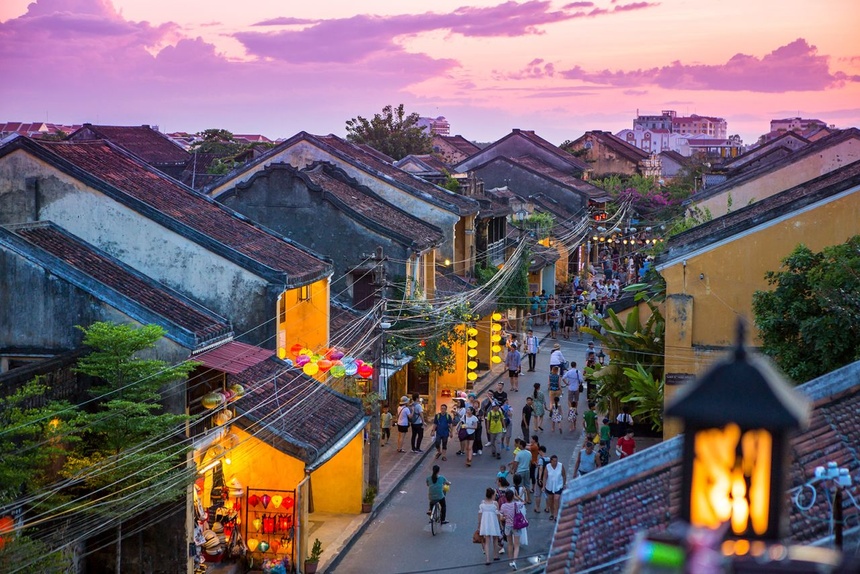
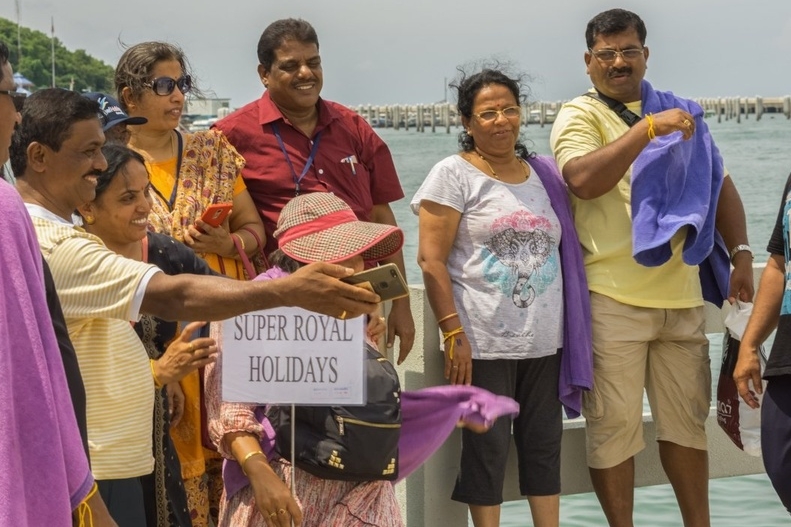





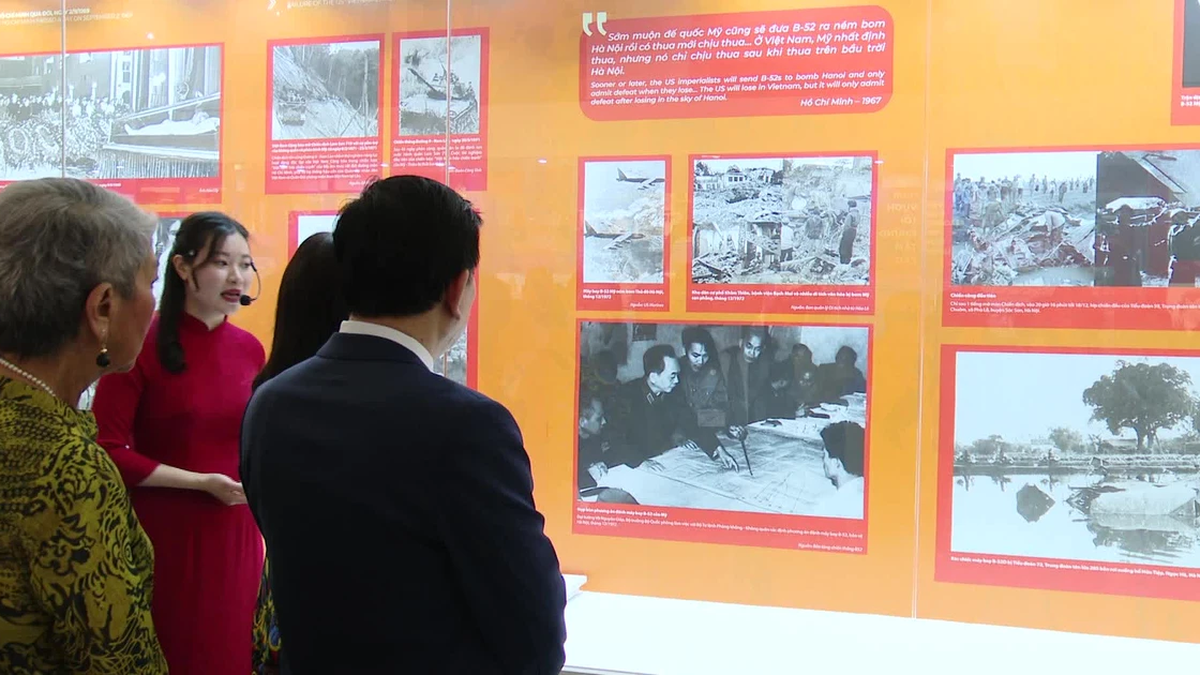

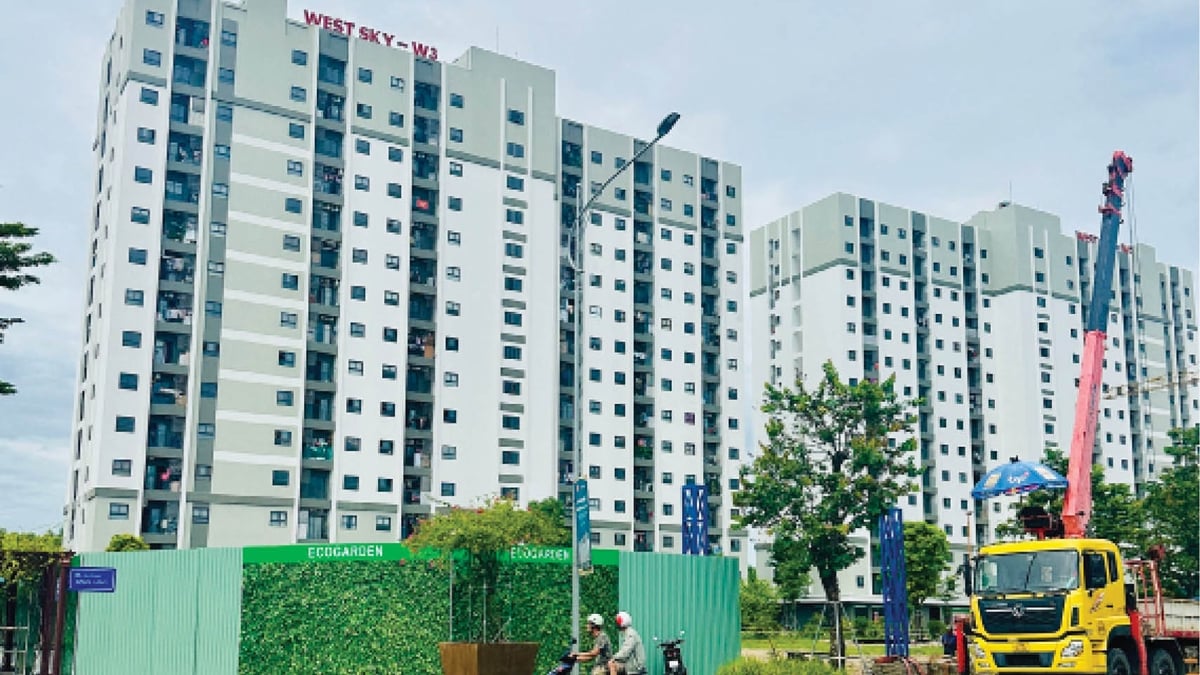
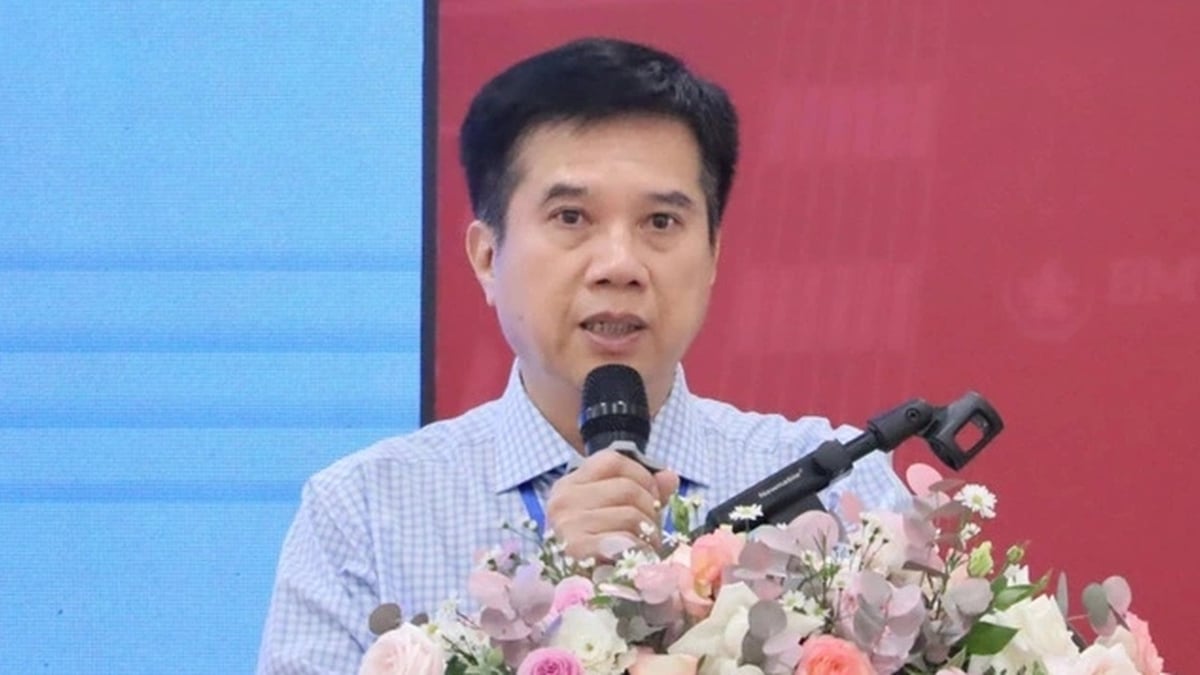
























































































Comment (0)